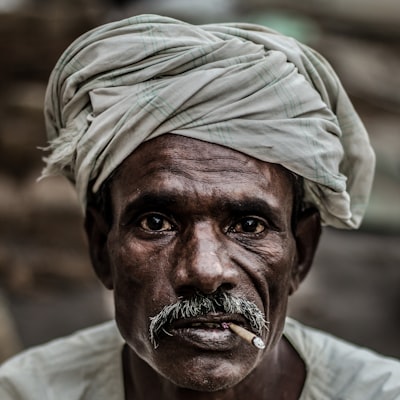Not known Facts About The Influence of K-Pop on Asian-American Fashion Trends

Traditional satisfies Contemporary: The Evolution of Asian-American Traditional Attire
Asian-American conventional clothes has undergone a intriguing evolution over the years, mixing typical elements with contemporary styles. This blend of the outdated and the new has led in a dynamic and varied variety of garments that mirrors the one-of-a-kind cultural identities of Asian-Americans. In this blog post, we are going to look into how Asian-American conventional clothing has advanced, embracing present day influences while remaining embeded in tradition.
One noteworthy instance of this advancement can easily be found in the popularization of hanbok one of Korean-Americans. Hanbok is a traditional Oriental dress characterized by vibrant colours and classy series. In recent years, there has been a resurgence of passion in hanbok among much younger productions who are seeking to reconnect along with their Oriental culture. Having said that, rather of adhering strictly to custom, they have incorporated contemporary factors in to their clothing.
For instance, some Korean-Americans have started experimenting with various fabrics and designs to develop even more contemporary versions of hanbok. They may include denim or blossomy prints into the concept while still maintaining the general contour and construct of the standard gown. This blending of old and brand new enables them to reveal their social identity while likewise taking advantage of their American instruction.

Similarly, Chinese-American fashion has likewise saw a shift in the direction of integrating modern elements into traditional clothing. Qipao, likewise recognized as cheongsam, is a form-fitting outfit that come from in Shanghai in the 1920s but is currently worn through Mandarin women around the world during the course of special events.
In latest years, Chinese-American developers have been reimagining qipao by instilling it along with modern cuts and patterns. They have offered variations such as higher splits or off-the-shoulder concept that add a touch of sensualism and glamor to this timeless garment. By merging standard shapes along with modern fads, these professionals are creating an improved model that allure to both much younger creations and those who enjoy custom.
Yet another instance can be located in the evolution of traditional Indian clothing, such as the sari, among Indian-Americans. The sari is a flexible garment consisting of a long part of material draped around the body. While Go Here For the Details has been worn for centuries, Indian-Americans have found ingenious methods to include modern aspects right into their saris.
Some Indian-American developers have experimented along with various cloths and structures to make one-of-a-kind variants of the standard sari. They may utilize non-traditional materials like silk or sequins, or include present day decorations such as embroidery or beadwork. These modern contacts deliver a clean and stylish twist to the standard garment while still recognizing its social relevance.
The advancement of Asian-American traditional clothes is not only limited to apparel but likewise prolongs to add-ons. For instance, Asian-American fashion jewelry designers have been reinterpreting typical style through incorporating modern products and procedures. They could mix priceless metals along with non-traditional components like lumber or substance to make statement parts that mix heritage with innovation.
Moreover, Asian-American style shows and activities deliver a platform for designers to showcase their blend creations. These events celebrate each tradition and diversity by featuring versions coming from various Asian histories using modern-day interpretations of their particular traditional clothes.
In verdict, Asian-American typical attire has experienced an amazing evolution over opportunity, blending conventional elements along with modern styles. From hanbok in Korean-American manner to qipao in Chinese-American manner and saris in Indian-American style, these garments now incorporate contemporary cuts, materials, designs, and embellishments while still welcoming their social origins. The fusion between heritage and technology not just makes it possible for individuals to show their special cultural identities but also serves as a festivity of diversity within the Asian-American neighborhood.
